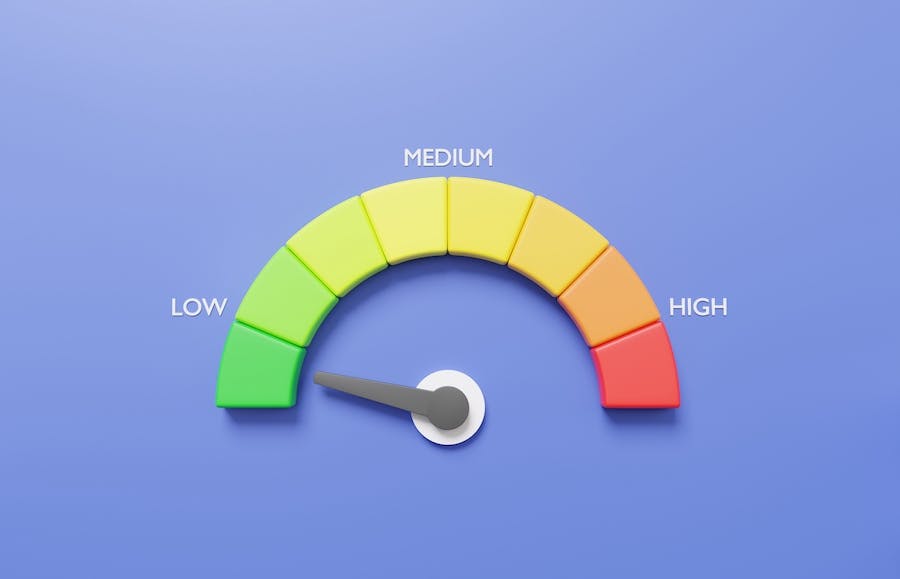The Low Volatility Anomaly
February 14, 2023
Conventional wisdom says if you want to outperform the market, you need to invest in the riskiest of stocks. Higher risk = higher return. But history shows that conventional wisdom is wrong!

In theory, to outperform the stock market you need to move out on the risk spectrum. By investing in unproven but high growth companies, the market pays you with better upside. Taking extra risk is the only way to earn an outsize return in a highly efficient marketplace.
Historical data, however, shows the opposite – investing in low volatility stocks is the better long-term performer. This makes low volatility an anomaly: being both low risk and high(er) performance. According to modern portfolio theory, the efficient market hypothesis, and pretty much every academic textbook out there, this shouldn’t happen.
Yet it does.
By investing in the 100 least volatile stocks in the S&P 500, you would have more than doubled the market’s return over the past 50 years. The Annual Returns table shows the S&P 500 Low Volatility index versus the S&P 500 since 1973. Over that time, low volatility returned 11.9% per year, while the relatively riskier S&P 500 grew 10.3% per year. A +1.6% annual differential may not sound like much, but it adds up: $100 became $27,979 in the low volatility strategy versus $13,432 in the S&P 500.
That outperformance was driven by some of the more boring names in the market. Over 60% of the low volatility index is made up of utility, consumer staple, and health care stocks. This is the opposite of the S&P 500, where the volatile Technology, Communications, and Consumer Discretionary sectors account for nearly half of the index. While low volatility names like Johnson & Johnson (JNJ), Coca-Cola (KO), and Berkshire Hathaway (BRKB) may not get the CNBC coverage of their more volatile peers, they’re consistent, and that’s what matters in investing.
This isn’t to say low volatility is an easy way to outperform the market. It can go through extended out-of-favor periods. In years when the S&P 500 had a positive return, the low volatility index underperformed by an average -2.0% per year. The market rises most years, up in 39 of the past 50 years (78% of the time), so it can be uncomfortable for long stretches in low volatility stocks. You will face questions about being out of touch with the market, being left behind by a changing economy, and being too “old school.” This happened in the 1990s, when the low volatility strategy underperformed in 7 of the 10 years during the Technology Bubble. It happened again more recently, when low volatility trailed the broad market in 9 of the 13 years from 2009 through 2021.
Investing in a low volatility strategy is one where you underperform the market much of the time, but over time, you outperform.

When the market is down is when the low volatility strategy shines. The gray shaded lines in the accompanying table show years where the S&P 500 fell. On average, the low volatility index outperforms by an amazing +12.0% in those years. This defensiveness has been enough, historically, to make up for trailing during the good times. We saw this last year when the S&P 500 sold-off -18.1% in 2022. The low volatility index did what it was supposed to and was down a more manageable -4.6%.
At Allied, our investing goal is to outperform the market over time while having lower risk. Our approach is to take a more conservative stance than the market, similar to the low volatility strategy. When executed correctly, it can generate substantial long-term outperformance. Not only does this strategy have a history of outperforming, but it has done so with a smoother, less volatile ride. Letting you, and us, sleep better at night.
While conventional wisdom may push you toward exciting growth stocks, we prefer the saying that “If investing feels exciting, you’re doing it wrong.”
If you have any questions about your account(s), or if there has been a change in your financial situation or investment objectives, please feel free to contact any member of our team at (406) 839-2037 to schedule a meeting.
Data Sources: S&P Dow Jones Indices
